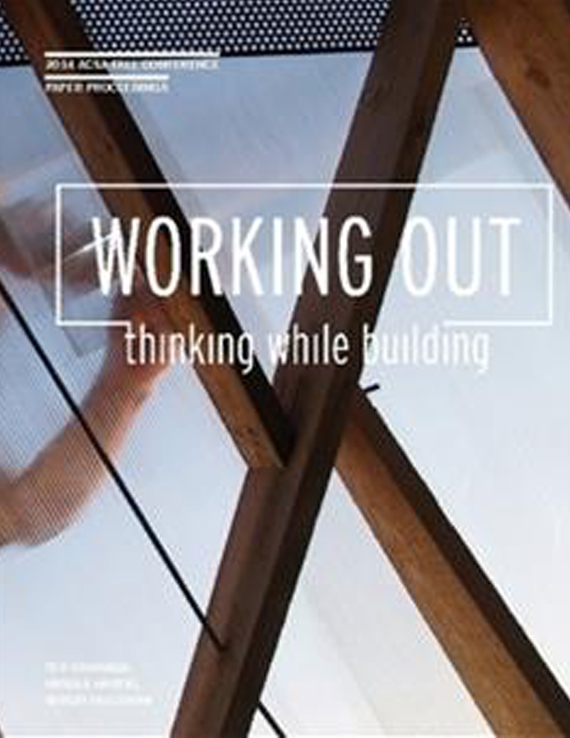Author(s): Colleen Casey & Norma Figueroa
A service learning component in any course can make the experience richer, benefitting all parties involved, and at the same time foster social change. However, creating and incorporating a service learning component into a rigorously established course like design studio can be daunting. Professors may face some consternation when trying to identify a community to work with, and may get discouraged because of the uncertainties involved in this kind of project; they may worry about introducing service learning into a school or organization structure that does not recognize its value or potential, or even perhaps worry that it might conflict with the curriculum. At the same time, communities may be reluctant to partner with the university or college, in fear of letting “so-called” experts into their communities. The purpose of this paper is to illustrate several strategies that have been effectively used to overcome these consternations in order to successfully integrate service learning in diverse settings and design courses. The strategies identified in this paper draw upon the experiences of the authors and offer strategies such as how to identify potential service learning projects, choose a community to work collaboratively, and integrate service-learning into the curriculum. Five case studies of diverse service learning projects provide the data for the analysis. The first project reviews a design studio based in an active community that constantly sought help from students and faculty at the school of architecture. In this situation, the glut of requests required professors to establish specific criteria in order to select projects that best aligned with the curriculum. Another case discusses the strategies adopted by a professor in a school of architecture discouraging service learning pedagogy. Despite cultural impediments, the professor was able to incorporate service learning successfully through a design thinking research course, earning several awards for the school and the students as well, and maintained positive relationships with the administration.The third case will present a collaborative project with the mission of building homes for very low-income families in the United States. In this particular case, students were asked to go into diverse, impoverished communities, which varied substantially from the communities in which they live and work; the professor as well as the nonprofit organization adopted strategies to make both the community residents and students feel at ease. Another case will talk about coordinating a design/built project in a third world country for a graduate studio project, and make a recount of the steps already covered in the process.This paper concludes with a collaborative project by students in architecture and fine arts with the objective of teaching art principles and design to disadvantaged students in several public elementary schools, culminating with a playground structure built by the students and the community at one of the schools. An initiative of two students and solely voluntary, this project makes obvious the fact that many students want to get involved beyond the walls of academia. As faculty, we are in part responsible for guiding and encouraging their work.
Volume Editors
Sergio Palleroni, Ted Cavanagh & Ursula Hartig
ISBN
978-0-935502-94-7

 Study Architecture
Study Architecture  ProPEL
ProPEL 
